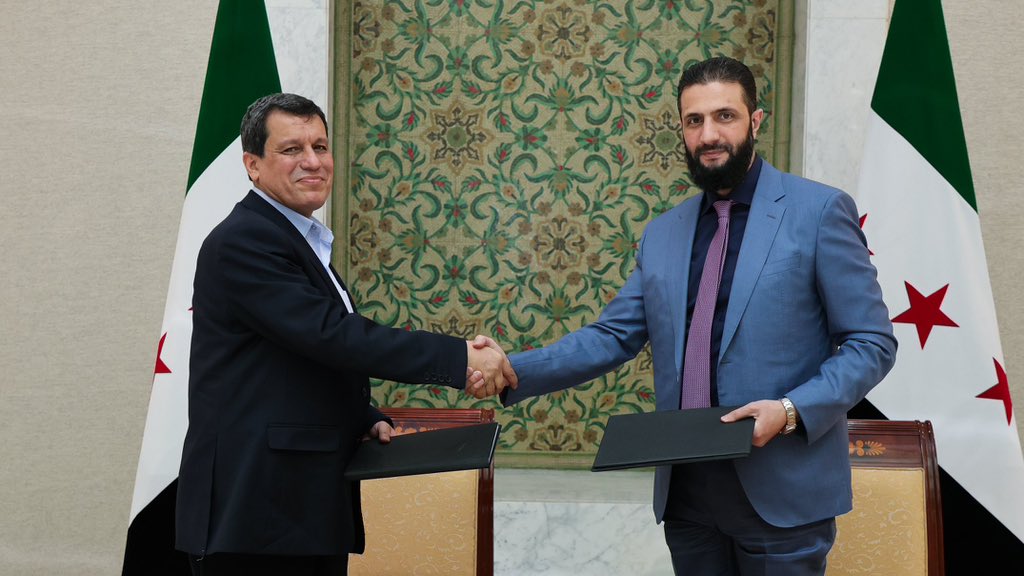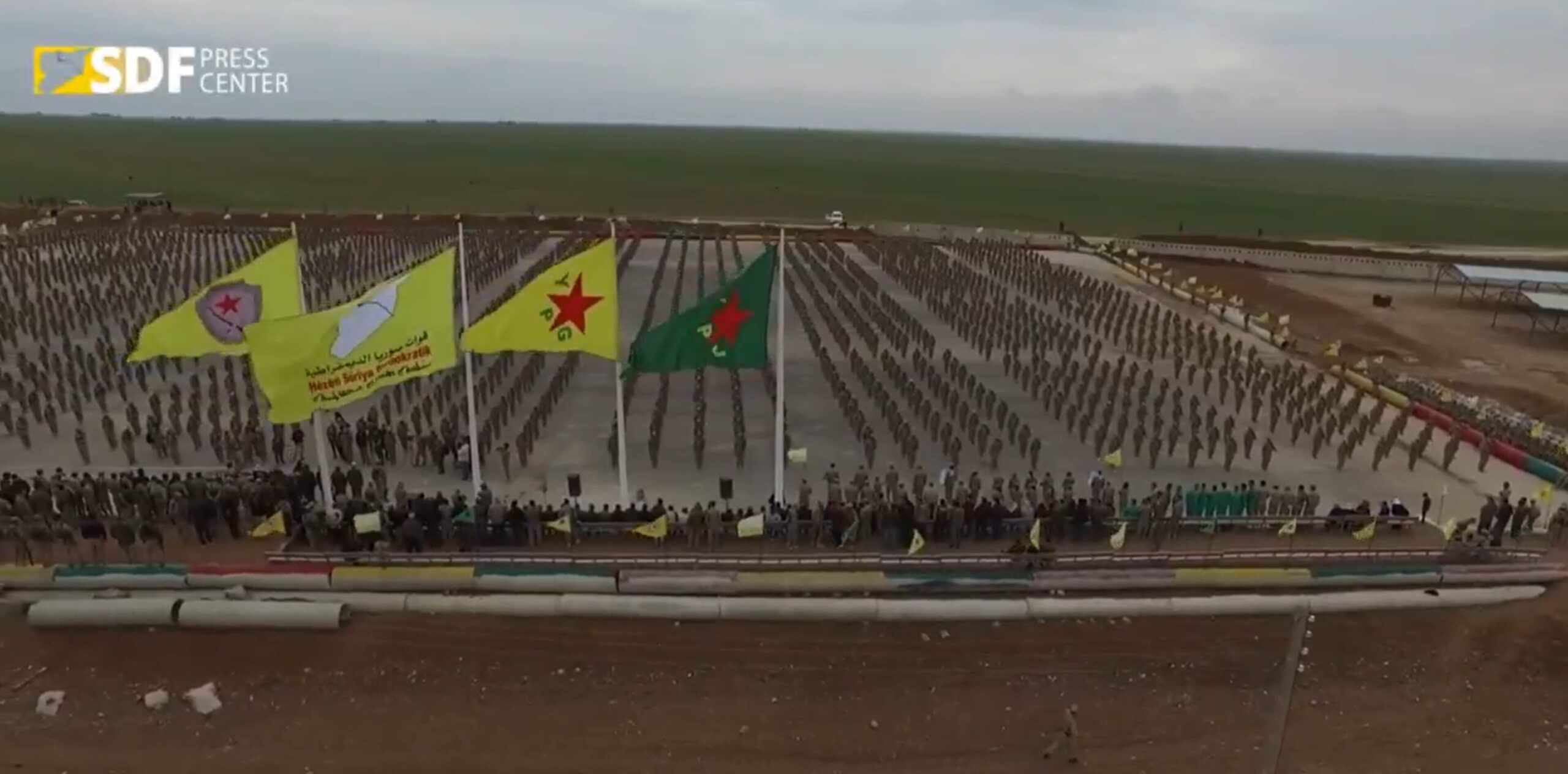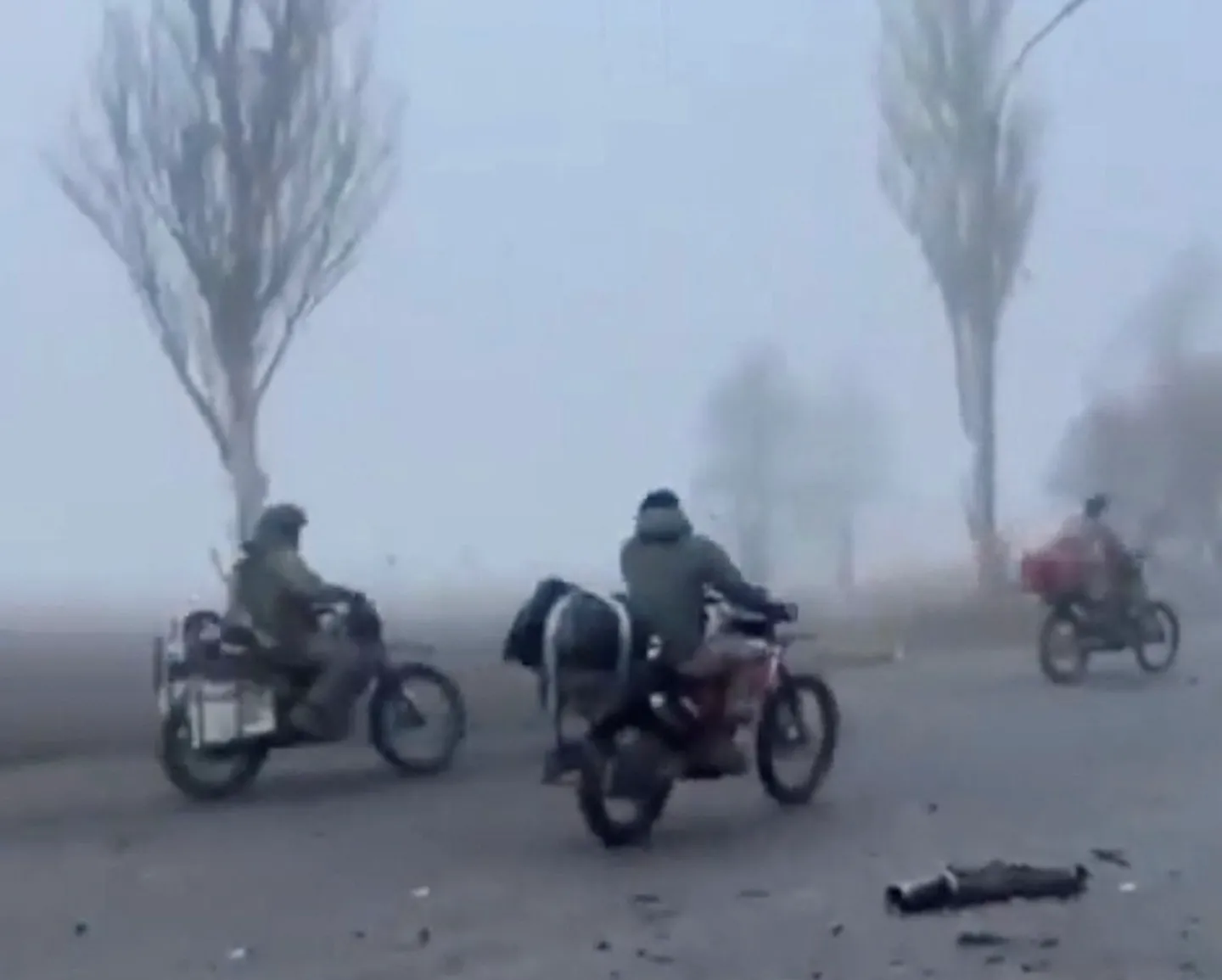Recent reports state the government in Damascus is deploying around 50,000 soldiers to seize the cities of Raqqa and Deir Ezzor from the Kurdish-led Syrian Democratic Forces (SDF). The offensive plan calls to gather troops in Palmyra in readiness to attack the Kurdish-controlled territories. For this operation to proceed, though, Damascus will need a “green light” from Washington.
As Antiwar examines, the current position of the US administration is in favor of “uniting Syria,” and its previous support for Hayat Tahrir al-Sham (HTS) suggests HTS could move forward with the operation which would plunge the country into its most significant civil conflict since the fall of the Assad regime.
If the SDF do not surrender major possession of Raqqa and Deir Ezzor, the two key provinces along the Euphrates River, Damascus plans to launch the offensive before or during October. The operation will go ahead as long as the SDF holds the two territories in its possession, and according to security sources who spoke to The National, HTS believes that local Arab tribes in the region will back the offensive plan.
The National further reports that HTS’ forces will be stationed in the desert areas of Rasafah, and at the same time, Turkiye-backed groups in Aleppo will attack Kurdish forces near the Tishrin Dam on the Euphrates River, where these groups have clashed with the Kurds before.
The report also highlights that Arab fighters who are currently part of the SDF may shift their allegiance back to the HTS government if the conflict breaks out.
Amid rising tensions between the SDF and Damascus, several Sunni tribes have called for a “general mobilization” against the SDF-controlled regions. Of the estimated 100,000 SDF soldiers, about 65,000 are Arabs. Many of these Arab fighters joined the SDF while the Assad regime was still in power, and much of the territory under the SDF was gained from the Islamic State in predominantly Arab regions.
“Coordination is underway with all the tribes that have called for mobilization, and everyone is waiting for the right moment to begin moving,” said Sheik Faraj ak Shalamh, a tribal leader.

Mistrust on both sides
With mistrust on both sides, Wal reported previously that a March meeting between the SDF leader and the Syrian president included the outline for conditions that would see the SDF disarm and become part of the national Syrian army, an outcome that both Washington and Turkish officials have pushed for. The SDF insists on being a separate military entity under Kurdish control in a federal system.
The March agreement grants Damascus recognition as the central authority across all of Syria. In addition, access to the oil and gas resources of Kurdish lands in the northeast would strengthen the Syrian economy while helping to fund local and humanitarian needs.
“The SDF wants to become part of a new Syrian army,” said Sihanouk Dibo, a representative, adding that the solution “guarantees the constitutional rights of its components and peoples and ensures political participation-something that is not achieved with the current Syrian government”.
But Kurdish officials have raised concerns over recent extremist attacks by HTS entities targeting minority groups, including not only the Kurds themselves, but significantly Alawites, Shias, and Druze. Thousands among these religious and ethnic minorities have been killed.
A recent meeting between Interim President and former Emir of ISIS Ahmed al-Sharaa, SDF leader Mazolum Abdi, and the US Special Envoy Thomas Barrack did not go as planned. The talk centered on a possible transition that would integrate the SDF into the Syrian army. According to an SDF official, Abdi entered the meeting with expectations of not “shielding of the SDF”.
“I think the SDF has been slow in accepting and negotiating and moving towards that, and my advice to them is to speed that up,” Mr. Barrack said. “There is only one road and the road is to Damascus”.
The Kurds have long been Washington’s key allies in the binational area of Iraq and Syria. Each provided a welcoming region for US forces in unfriendly countries. The Kurdish-controlled areas in Syria include areas of oil and gas extraction as well as major agricultural resources, but their position was always tied to the fate of Assad. With the dictator gone, it’s no surprise to see Washington turning the tables on their previous partners.
Turkiye, having recently ended its 45-year Kurdish insurgency, is now seeing a once-in-a-generation chance to permanently disarm Kurdish militancy in Syria and put the HTS government firmly under their Sunni-nationalist thumb. The SDF, whom the Turkish army openly fought against in 2019, is now the only entity that stands in Ankara’s way of total regional hegemony to the borders of Israel. WaL
We Humbly Ask For Your Support—Follow the link here to see all the ways, monetary and non-monetary.
PICTURED ABOVE: Kurdish SDF Forces amassed for a publicity video. PC: SDF Press Center


